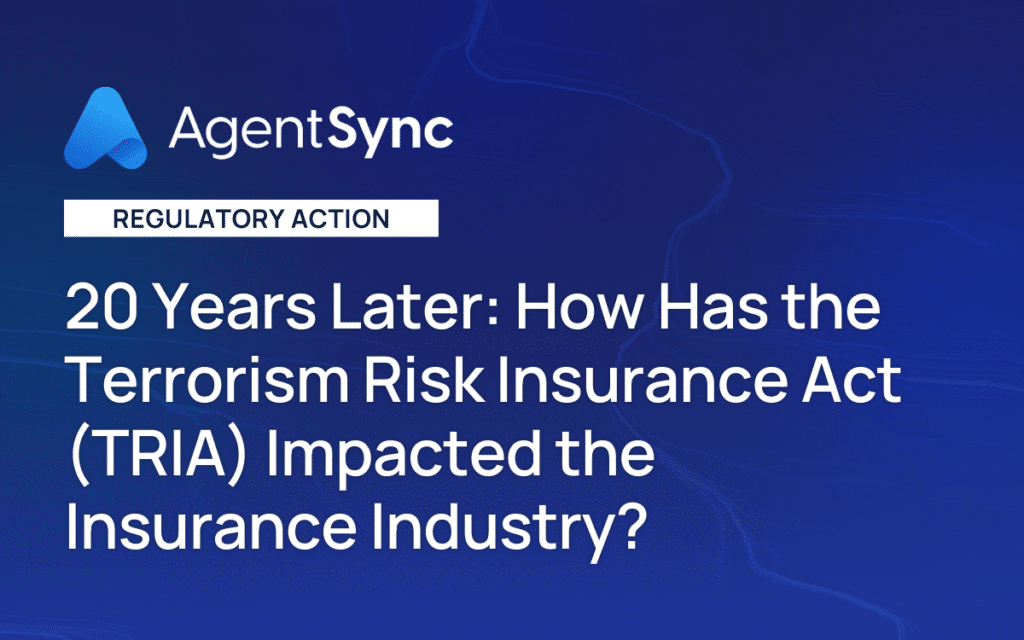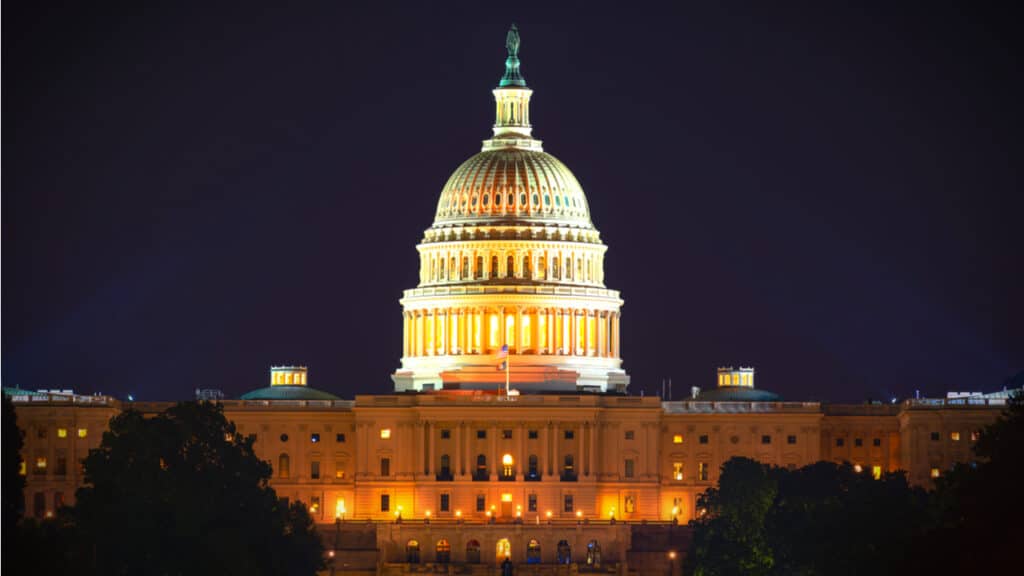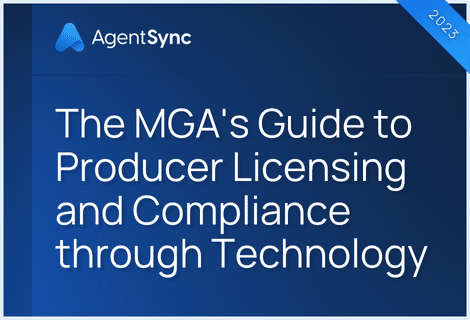


Nearly 20 years ago, Congress enacted the Terrorism Risk Insurance Act (TRIA). This legislation was a response to insurers declining to offer terrorism insurance or it becoming prohibitively expensive as a result of the terror attacks on 9/11. How has the TRIA impacted carriers as well as businesses?
9/11 changes everything
The attacks on 9/11 were catastrophic in many ways. America reeled from terrorism striking so close to home, the enormous death toll, and the loss of a sense of overall security. The insurance industry was also profoundly impacted as one horrific event became the costliest terror incident in U.S. history.
“It was immediately apparent [9/11] was going to be one of the largest insured losses in history,” stated Robert Gordon, Senior VP of Policy, Research & International for the American Property Casualty Insurance Association (APCIA). It’s estimated the event cost insurers over $45 billion dollars.

What is the Terrorism Risk Insurance Act (TRIA)?
The Terrorism Risk Insurance Act (TRIA) was passed by Congress and signed into law by George W. Bush in 2002 as a response to the 9/11 attacks. This created a federal backup for terrorism-related insurance claims. As we’ve discussed before, solvency–the ability for carriers to pay claims–is a major issue for the industry and sometimes requires governmental intervention.
In the aftermath of 9/11, as America grappled with a new world, the insurance industry quietly withdrew from the terrorism insurance market, or at the very least raised premiums to a level largely unaffordable to businesses looking for terrorism insurance. This is not terribly surprising after the record-breaking claims payouts insurers faced from 9/11.
Congress decided to take action to support the insurance industry with the fear that if they didn’t, long term economic damages would ensue. With 9/11 fresh in the collective conscience, the threat of terrorism felt especially real to American businesses. Major real estate construction projects, shopping malls, and other large commercial projects could be thwarted without access to terrorism insurance.
Initially, the program was slated for a three year term, but has since been extended. Most recently, in 2019, President Trump signed it into law, ensuring TRIA will remain in effect through 2027 when it once again comes up for reauthorization.
In essence, the TRIA, helps insurers enter the terrorism insurance business with the peace of mind of a federally backed policy. The U.S. government will assist insurance companies cover their terrorism-related losses under certain conditions as well as impose assessments on the industry to recover a portion or all of the government payments.
Important tenets of TRIA
- To be certified under the program, the terrorist act must cause $5 million in insured losses.
- For government coverage to begin, the combined insured losses from certified acts of terror must be $200 million or more.
- An insurer must meet a deductible of 20% of its annual premiums for the government coverage to begin.
What is the Terrorism Risk Insurance Program (TRIP)?
This program is a component of TRIA which ensures transparency of shared public and private compensation for terrorism related losses. The Secretary of the Treasury administers this program with help from the Federal Insurance Office. This program was renewed in 2019 and requires a report by the Government Accountability Office on cyberterrorism.
The definition of terrorism is not so clear cut
Currently, there is no official definition of “terrorism” so “certified acts of terror” must fall under the the definition set forth in TRIA. Under U.S. law, 18 U.S. Code § 2331, “terrorism” (whether foreign or domestic) includes any acts that are dangerous to human life in violation of the law and are intended to intimidate or coerce a population, influence governmental policy, or affect the conduct of a government.
Of course an official U.S. government law definition can be quite different than what an insurance company may use.
Each time the TRIA is reauthorized, the official definition of terrorism may change. For example, in 2015 lawmakers added “acting on behalf of any foreign person or foreign interest” in order to classify domestic terrorism under certified actions of terrorism.
History of terrorism insurance
Before the 9/11 attacks on New York City, Washington, D.C., and Pennsylvania, terrorism on U.S. soil was not considered a risk when underwriting commercial insurance policies. Even despite prior domestic terror events like the 1995 Oklahoma City bombing.
There were three reasons for this:
- There has historically been limited data available to quantify terrorism losses, and even when quantifiable, losses were relatively low.
- Generally, terrorist attacks are located in a specific region, making it difficult to spread the risk.
- Terrorist events are intentional acts designed to maximize damages which means they are not accidental risks insurers cover.
Most commercial property property insurance policies prior to 9/11 covered terrorism, however, without explictly stating they covered “terrorism.” It was considered an “unnamed peril” that was within most commercial and homeowner policies. The history of terrorism insurance in America is truly limited as it was not top of mind until that fateful day. Since then, things have changed just a bit.
How has TRIA fared for carriers and the insured?
It’s important to note that businesses and individuals are not required to possess terrorism insurance. It’s not like required liability coverage for a vehicle. Congress stepped in out of fear the lack of coverage could potentially be detrimental to the American economy.
So how has the TRIA impacted carriers since 2002? “Since TRIA’s passage, the private industry’s willingness and ability to cover terrorism risk have increased. According to data collected by the Treasury, in 2017, approximately 78% of insureds purchased the optional terrorism coverage, paying $3.65 billion in premiums. Over the life of the program, premiums earned by unrelated insurers have totaled $38 billion.”
Since 9/11, America has also enjoyed a relative calm on the terror front with some notable exceptions, namely the Boston Marathon bombing in 2013. Of course, this is a boon for carriers with very few major incidents requiring an avalanche of claims. In fact, there was a rumor floating about in 2014 that if this Act was not extended, the National Football League (NFL) would cancel the Super Bowl.
Policyholders, as a result of TRIA, have continued with business as usual without fear of catastrophic loss knowing Uncle Sam is watching over them if terror tragedy strikes again.
Will government intervention continue?

An interesting insurance trend which has emerged in the past two decades is governmental intervention in the industry. Terrorism is just one area where tax payers were required to step in to subsidize an insurance product where the private sector was not willing to tread or treading very lightly.
A handful of other examples of this type of government intervention include:
- Long-term care insurance (LTCI) is also in peril as the private sector is pulling out of the markets and government intervention is becoming an increasingly viable option.
- The White House has asked the insurance industry to heighten their cyber insurance coverage limits and make preventative cybercrime solutions a barrier to entry for coverage.
- Climate change is wreaking havoc resulting in expensive insurance losses from hurricanes, tornadoes, and massive wildfires. Some are calling for a federal response in order to save homeowners and businesses as premiums skyrocket.
- The Federal Emergency Management Agency (FEMA) has responded to catastrophic flood loss with the National Flood Insurance Program.
- Lastly, the U.S. Government has stepped into the health insurance arena with the passage of Obamacare (ACA) in 2010. This landmark law signaled to carriers and consumers federal intervention was an option when the private sector fell short. Pre-existing conditions be damned.
At AgentSync, we cover every aspect of the insurance industry (even something as macabre terrorism) so you are in the know. We can also help minimize your producer licensing risks and streamline producer onboarding so you can generate revenue faster.

